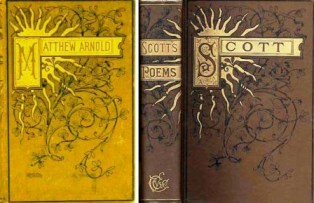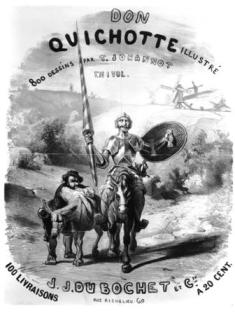 Well, not exactly. We all know what “rare” books are, right? Generally any book produced before 1800, as well as books that have a particular value or, well, rarity. But that leaves scads of older books out in the cold, and susceptible to theft, deterioration and loss.
Well, not exactly. We all know what “rare” books are, right? Generally any book produced before 1800, as well as books that have a particular value or, well, rarity. But that leaves scads of older books out in the cold, and susceptible to theft, deterioration and loss.
A new category of “special” books is growing in stature at many libraries— “medium rare books.” Books that don’t quite make the grade for the rare book shelves, but that need protection for one reason or another.
What features do medium rare books have? They are usually 19th or early 20th century books, often with decorated bindings. Also books with plates, especially fold-out plates, or other full-page illustrations that might be tempting to thieves. As an example:  the 1870 edition of Oliver Twist, with illustrations by George Cruikshank. Or a French edition of Don Quixote from 1850, illustrated by Tony Johannot. Paper from the 19th and early 20th centuries is notoriously bad and prone to brittleness, another reason to give these books extra protection.
the 1870 edition of Oliver Twist, with illustrations by George Cruikshank. Or a French edition of Don Quixote from 1850, illustrated by Tony Johannot. Paper from the 19th and early 20th centuries is notoriously bad and prone to brittleness, another reason to give these books extra protection.
You can still use these beauties of course, if you come across them in our catalog. They will have “Libraries Service Center – Use in Special Collections” as a location in the catalog record. Simply request them and then use them in the Special Collections reading room on M Level of the BLC.

Sue, thanks for this great explanation and the beautiful illustrations.